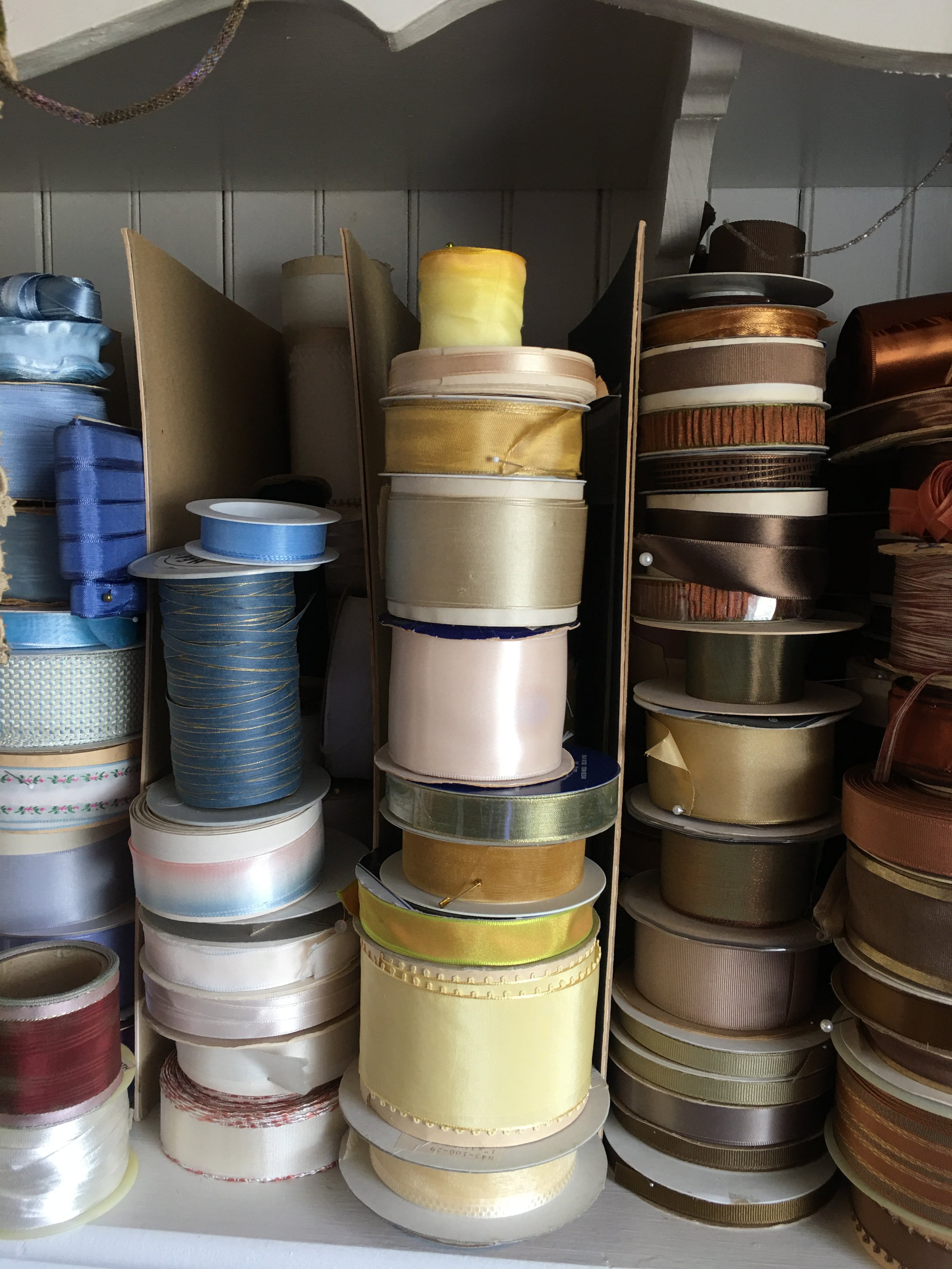
How I found my calling in sustainable clothing care.
My mother has always had a penchant for recognizing quality. Her collection of beautifully hand-crafted items grew as I grew. By the time I was a young adult, a visit with mom would include being surrounded by dozens of 18th century miniature portraits on ivory, various Art Deco chain-mail mesh purses, and a whole wall dedicated to elaborate Victorian mourning hair wreaths (yes, human hair). Not to mention the never-ending spools of French silk ribbon and reams of hand crocheted Irish lace.
Going to auctions, vintage and consignment clothing shops, I developed my “hand”, using the sensitive pads of my fingers to evaluate the quality of the materials and construction of garments. Eventually, you no longer need to feel it to know it, even from a distance. My mom can spot true hand-painted china from practically a mile away. Well, I can spot cashmere from practically two miles away. She taught her daughter well.
Holding down a day job while moving through life as an artist and musician, and diving deep into whatever project I was into at the moment (renovating a local non-profit art gallery, joining a Bulgarian choir or taking up the Gothic harp, why not?), I simply appreciated the joy of finding quality pieces for myself and developed a bunch of tricks to make caring for these precious pieces easier.
That is until, one day, as I was marveling at the softness of the cashmere sweater gently hugging my body, I was struck by the notion - what if I created a found collection of vintage and contemporary pieces made only of exquisite natural materials and offered this tactile joy to others? And so, in 2016, THE HOUSE OF AMA was born. Inspired by the pearl diving Ama of Japan, I offered a curated collection of linen, cashmere and silk, which I believed to be the pearls of the wardrobe. I brought this collection around to markets and partnered with local shops and enjoyed hunting for, polishing up, and delivering these pearls to their new home.
As I continued to engage with the public and the collection, I found myself increasingly interested in discussions concerning our experience with clothing care. While I gathered many different perspectives from both young and old, a few common themes became clear - we don’t really know the difference between on-trend and well-made, and we don’t know how to care for our things. This knowledge has simply not been passed down to us, and with each conversation, it became more imperative that we get this knowledge back.
On a mission, I now focus on exploring past methods of care, expanding on the knowledge and skills I had already adopted for myself and for the collection, and finding avenues to present and demonstrate The Lost Art of Garment Grooming to the public. The concept of “grooming” our clothing has become nearly extinct with the advent of Fast Fashion, whereby the extreme low cost, low quality and, by default, disposable nature of clothing no longer encourages this level of care.
Since I’ve been on this journey, I have watched the Sustainable Fashion Movement grow at an exciting pace, from the fringes to the forefront. Fast Fashion is being called out for its negative impact on the environment and on human rights and, as an alternative, we are being encouraged to buy less, choose higher quality items, and to make them last.
And so, it appears, I may have found my calling - just in the nick of time.

The Lost Art of Garment Grooming and Mending in the Modern Age
RISD Museum, Providence, Rhode Island
Photo Credit - Holly Gaboriault